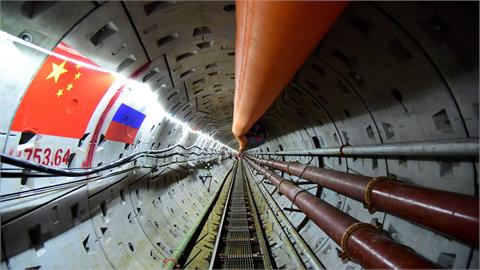Renewables will account for 80 percent of global electricity production in 2050, according to an energy transition outlook report released on Monday.
Published by Norway-based global quality assurance and risk management company DNV GL, the report said coal, oil and gas would cease to dominate global primary energy supply by 2050.
Solar photovoltaic (PV), onshore wind, hydropower, and offshore wind together will account for 80 percent of global electricity production in the mid-century, it said, adding much of this would be large-scale, i.e. utility-scale PV and offshore wind farms.
The report shows that PV and wind will grow rapidly, reaching shares of 40 and 29 percent, respectively by 2050.
"Onshore wind dominates, but offshore wind's contribution will grow more appreciably closer to mid-century, reaching about 20 percent of total wind production," it said.
According to the report, renewables will increase at the expense of coal, and later gas and nuclear. The energy supply mix will be split equally between fossil and non-fossil fuels, with much more renewables, and with more than halving of oil and coal volumes.
"Despite electricity generation growing by a factor of around 2.5 over the period, generation from fossil fuels drops to about 60 percent of its 2017 total," it said, adding with this high fraction of variable renewables, power network system stability and adequacy would become critical issues.
-Electric vehicle sales to jump as well
The report also predicts a huge increase in the number of electric vehicles on the road due to recent advances in heavy-vehicle electrification and hydrogen fuel cells entering the vehicle power mix.
"Our analysis indicates that uptake of EVs will follow an S-shaped curve resembling the fast transition seen with digital cameras, for example," it said, adding half of all new cars sold in Europe just after 2025 will be EVs.
This point will be just before 2030 for the North America, OECD Pacific, and Greater China regions; and, just beyond 2030 for the Indian subcontinent, according to DNV GL’s estimates. The rest of the world will not follow until closer to 2040, it said.
According to DNV GL, bus and city municipal fleets will lead the trend; and there will be a degree of electrification of shipping for some short-sector vessels, creating a requirement for charging infrastructure at harbors and ports. "Where rail can be electrified, it will be by 2050. We expect electrification of air travel to still be in its infancy by then," it added.



